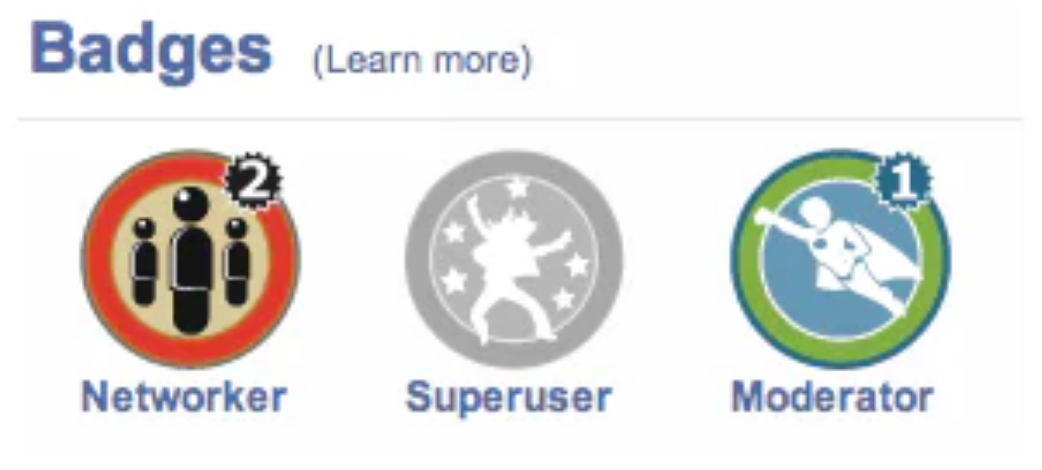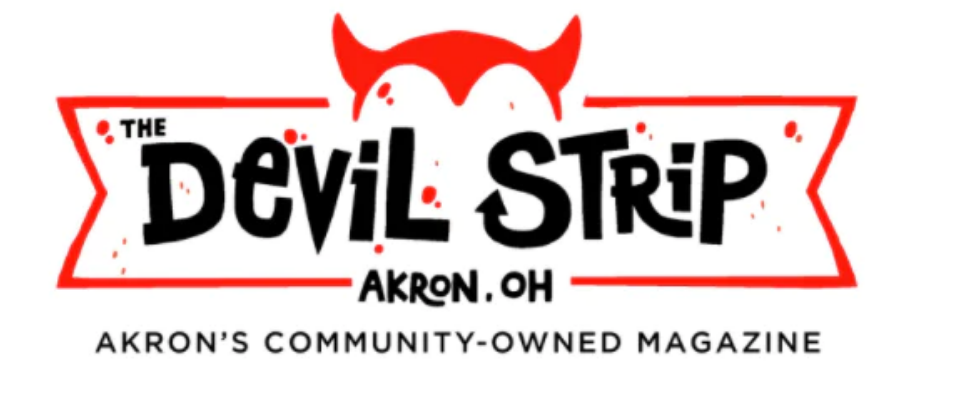
In the past, we've talked about how the blockchain concept of a "decentralized autonomous organization" (DAO) could apply to groups of people who want to make stuff. We call this theoretical format a "creator DAO". In this model, a team or community interested in doing something would implement a smart contract whereby tokens in the project would be awarded to contributors, customers or investors in exchange for their labor or money.
For example, a group of people who want to design a shoe line might sell tokens in their project to those who believe in their vision. These tokens will grant certain privileges to their holders. They may offer warrant holders discounted pricing and/or priority access to a program's offerings. They could give token holders the ability to vote on shoe designs or other project decisions. If this is the case, they may even offer a certain profit share to powerful shareholders. Of course, if the value of the token increases due to the success of the project, the token can be sold to other people for a profit. In addition to cash, vouchers can also be earned through work on projects. Designers, marketers, manufacturing and financial experts can earn tokens in exchange for their participation in shoemaking projects. Even smaller donations, such as helping a social event go viral, or providing survey feedback on packaging, may receive token funding.
So how is this different from crowdfunding like Kickstart or membership platforms like Patreon? These three frameworks have a lot in common, most importantly, the goal is to enable more people to make things. But the main difference that Creator DAO offers is the concept of ownership. You don't just prop up a project. By token, you own a piece. And, within the rules of its smart contract, you can use the token however you want. You can sell it, hold it, subdivide it, include it in an index, take advantage of all the mechanisms that improve liquidity. In other words, with CreatorDAO, in addition to hopefully helping people make things because you like what they will make, you also get financially rewarded. You are an investor. real master.
So, how is it different from traditional investing? Again, there are a lot of similarities here. Investors own parts of the business and, depending on the terms and size of their ownership, can vote on issues affecting the company, receive dividends, and at some point sell their stake. The difference is that tokens are more liquid and flexible. Given the transactional, regulatory and coordination costs associated with going public, most companies do not sell shares to the public until after they go public. Meanwhile, shares in private companies are difficult to sell, often locked up for years by contract or by de facto circumstances. Tokens are usually issued in advance, if not at the beginning of the project. They can be sold as long as the owner wants to. And the potential use cases are as broad as the creators can imagine. As an example, making a small equity donation to a legacy company is slow and expensive. But tokens make it easy and cheap. You'll never have a particular shoe design, only private equity investors. It's not worth it. With tokens, this makes perfect sense.
secondary title
Network 2: Leveraging Intrinsic Motivation
When The Huffington Post wanted to increase their engagement with the platform in 2010, they introduced badges. The development of The HuffingtonPost seems straightforward, more than any other participatory tool or strategy, because intrinsic interests associated with community status and identity encourage engagement on and on the platform. The more community members participate in setting tasks, the more benefits they will receive.
The whole process starts with the comments section. To encourage healthy discourse and greater engagement, users are tasked with moderating and direct conversations. The action was rewarded with a moderator badge. This moderator badge allows individuals to fully moderate discussions across all articles and appear as commenters. There are other badges, which also provide additional perks. For example, the Expert badge gives individuals the ability to highlight their reviews on multiple occasions, as well as leave longer reviews. This gets the community conversation started. It was the engine of The Huffington Post's growth. It benefits from Huffington Post, maintaining good conversations and discussions on their platform, which increases their page views, revenue, and market share.
secondary title
Web3: Adding Extrinsic Incentives
The Huffington Post is based on replaceable marks, not badges, which may have different results. The earliest and most active contributors can get paid when the company is acquired. In fact, they could have been selling their "Huff vouchers" to other valuable assets. Those holding them or buying more may even block the deal. More likely, it will evolve into a completely different product.
So perhaps the more interesting way to think about Creator DAOS is not how they change products and companies we already know, but more importantly what they might create entirely new. By broadening someone's motivation to help early and/or independent creators, Creator DAOS opens up new opportunities beyond existing businesses and infrastructure.
Take local news, for example, a market that is critical to the functioning of our real-world communities, but is nearly impossible for entrepreneurs and investors. One effort that takes a different approach to this task is Devil's Field in Akron, Ohio. Faced with a need for funding and a commitment to engaging readers deeply, the arts and culture magazine is being organized into a cooperative. Readers and Workers Devil's Zone:
"This means we have the truest meaning locally: Readers can become shareholders. Devil land. Being a shareholder means your voice will determine the future of our publishing, as long as you have an Ohio address. (For legal reasons, we It is not yet possible to provide shares overseas, but we welcome donations from friends everywhere!)

 Although infrequently used in the media, at least not yet, this collaborative structure is well established and used in a variety of settings. Devil's Land can rely on the practical experience of generations and the laws of the cooperative world. There are every indication it will work. But as the Creator's Knife, does this item work better?
Although infrequently used in the media, at least not yet, this collaborative structure is well established and used in a variety of settings. Devil's Land can rely on the practical experience of generations and the laws of the cooperative world. There are every indication it will work. But as the Creator's Knife, does this item work better?
Creator DAOS and tokens have two major advantages: liquidity and functionality. Unlike crowdfunding, partnership shares have no financial incentives. You can't sell it, and you can't make money with it. This isn't necessarily a problem. It might even be a feature. There were probably enough people in Akron who wanted the magazine so badly that they were willing to fund it strictly based on that desire. Or based on the interests of the society to be recognized as a supporting member. And the lack of a profit motive may motivate the collective to focus more on the public good. But it's possible that a larger pool of potential funders would make better long-term decisions, if those intrinsic motivations were intertwined with extrinsic motivations.
The main question we want to ask is: Do we want our shareholders to make a profit on their investment? This is not a simple question. Creator Way differs greatly from media partnerships in that the latter have limited options when it comes to making money from their investments. Tokens enable subdivision and staking, which are all utilities for individuals to leverage or liquidate assets of their ownership. This makes a token share worth more than a cooperative share, even if they share the same governance and utility benefits. The token also enables indexing. We can imagine an index fund or chain investment club investing in Creator Daos across the country to provide more reliable funding for similar projects. Devil land. In short, warrant holders are rewarded for increasing the value of their holdings and increasing the size of such assets. So one way to look at the Creator Way is to combine profit and social incentives as a profit-motivated community.
Many of our social and financial structures are designed to encourage contribution and reward, participation and coordination. Incentives are always critical to building a healthy, highly engaged community of any kind. But historically, these institutions and incentives have been fragmented in various areas. We have a political system for organizing participation in mass movements. We have companies and other financial institutions that organize and participate in business activities. We have an identity system for organizing participation in social activities. It is possible for a DAO to incorporate all of these structures simultaneously. The mission of DAOS is to make everyone who can help be part of the collective, and therefore provide appropriate rewards to every potential contributor. To do this, they combine financial rewards with social status and political representation. DAOS actually provides a whole new operating system for participation.
Like operating systems, they can create the unexpected. Thus, when thinking about the Creator, Dawes forgets about the structures that currently exist. A beginner's mindset is a key attribute of how we evolve our thinking and products, and coming up with a new schema to describe the architecture of things not only evolves our current models but creates entirely new ones for us, allowing us to Take advantage and explore. Yes, we can transplant the "rules and roles" from journalism or shoe design and theorize how they work within a DAO framework. But this limits the opportunities that Taoism brings. It's not a question of creating old stuff with DAOs. It's about "new things that knives let us create".





